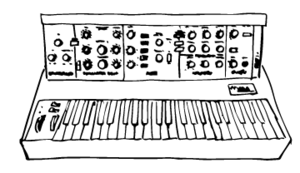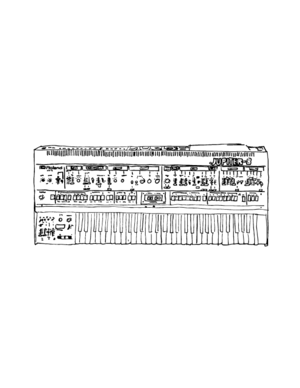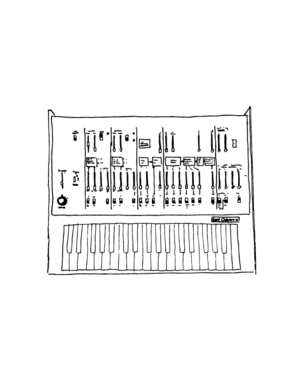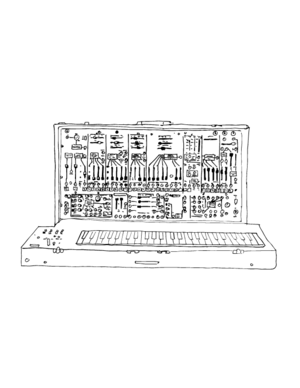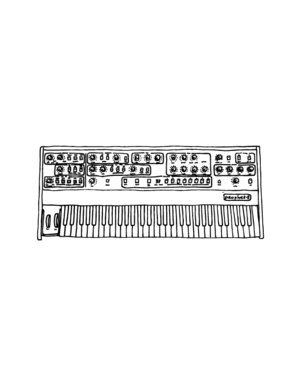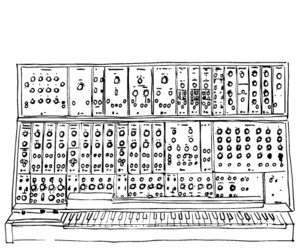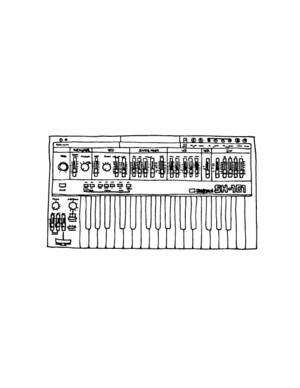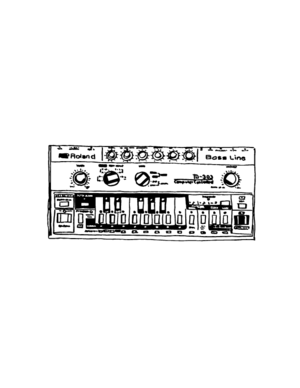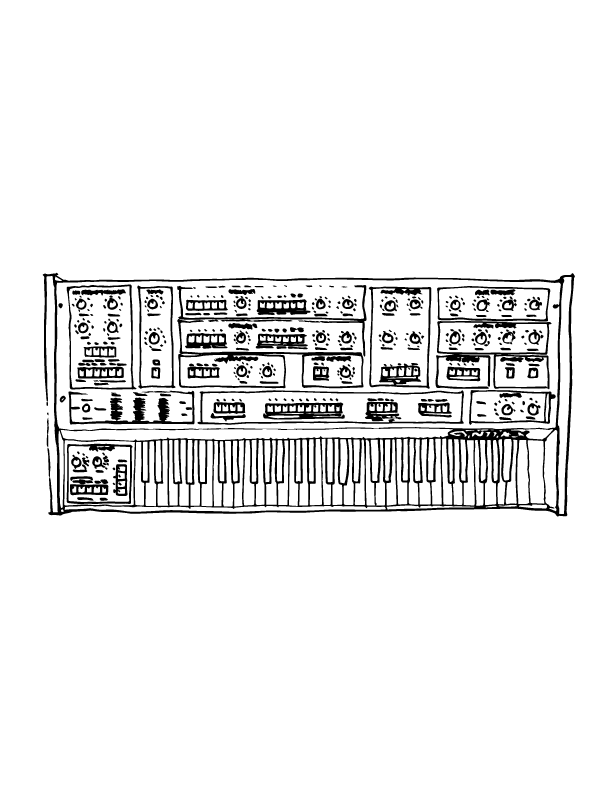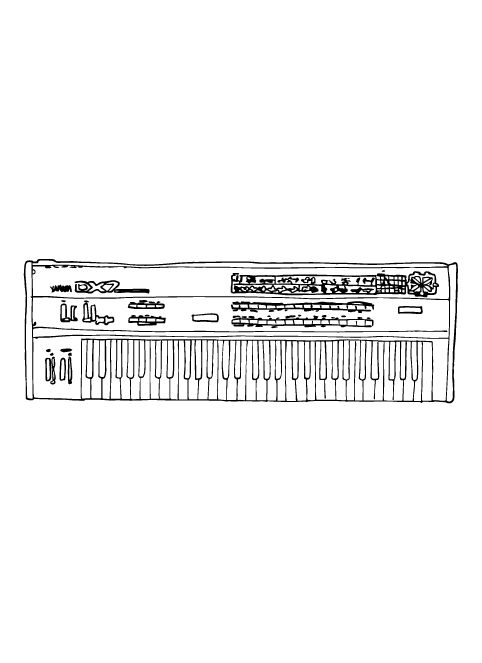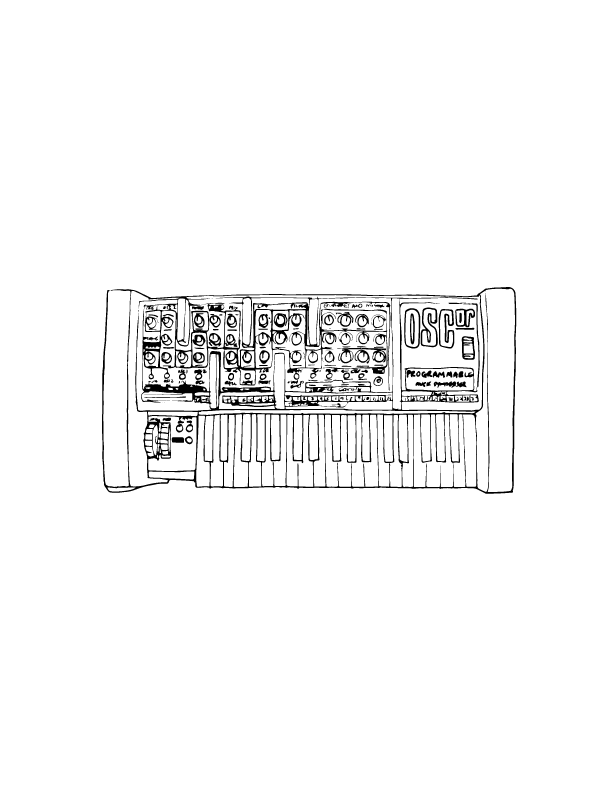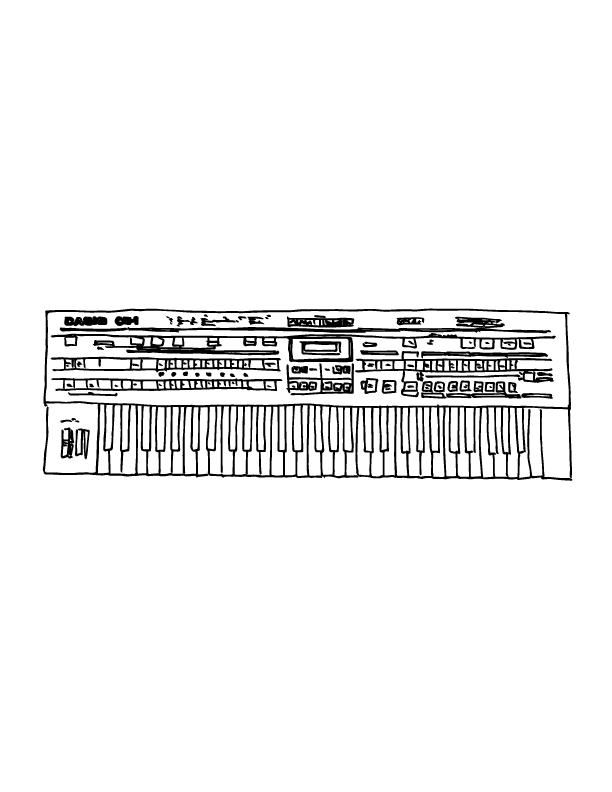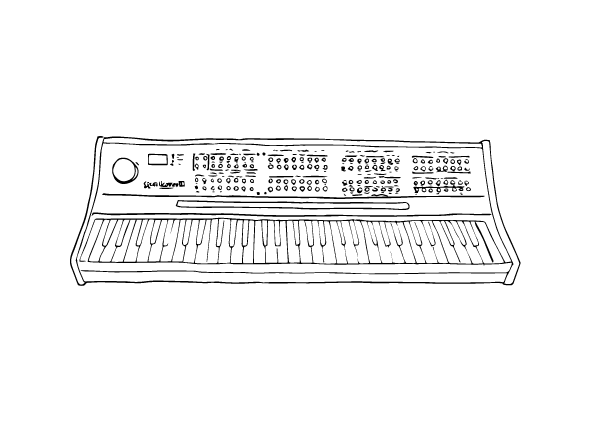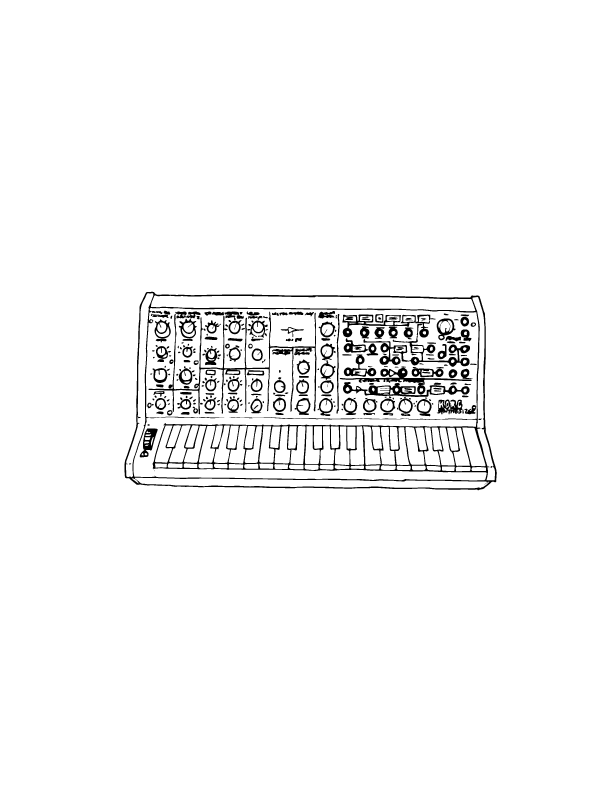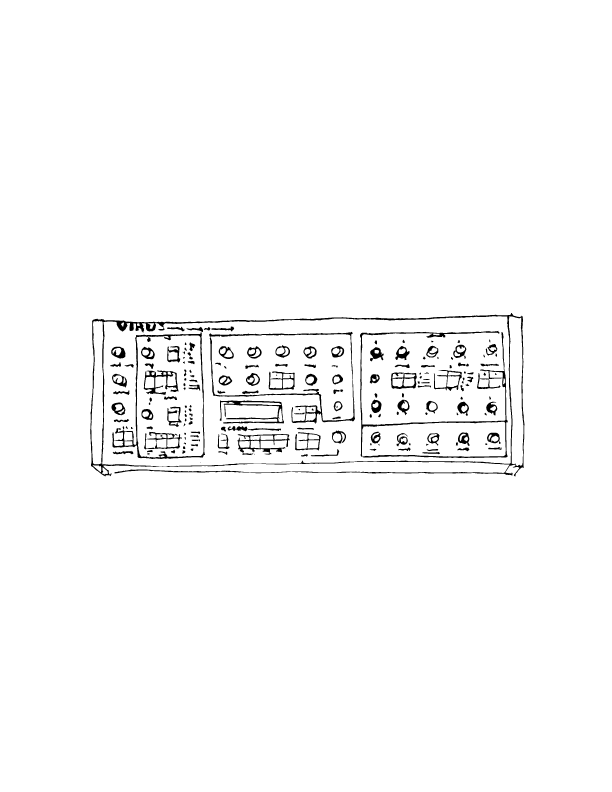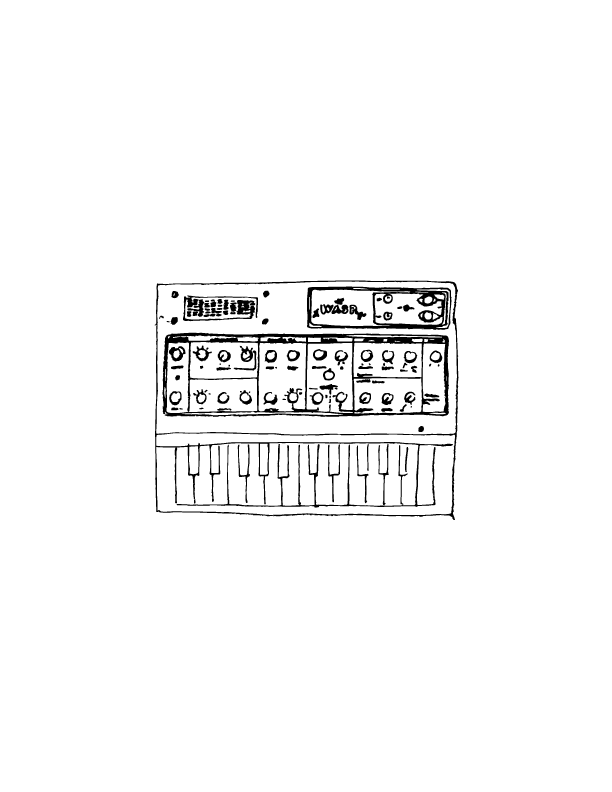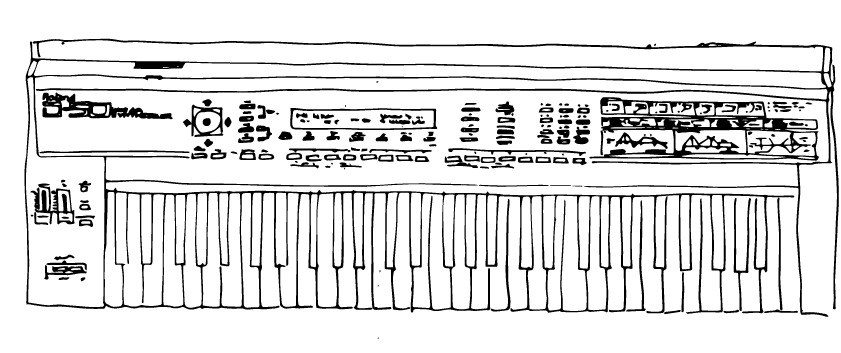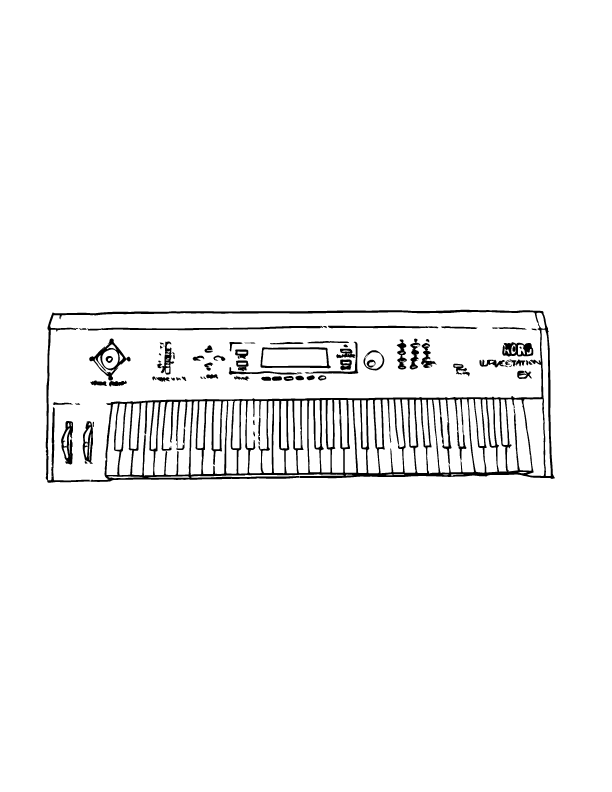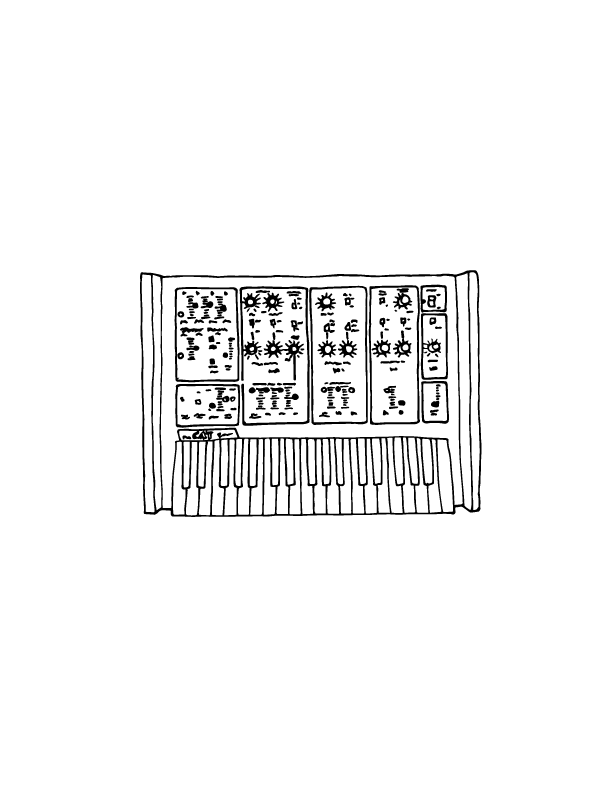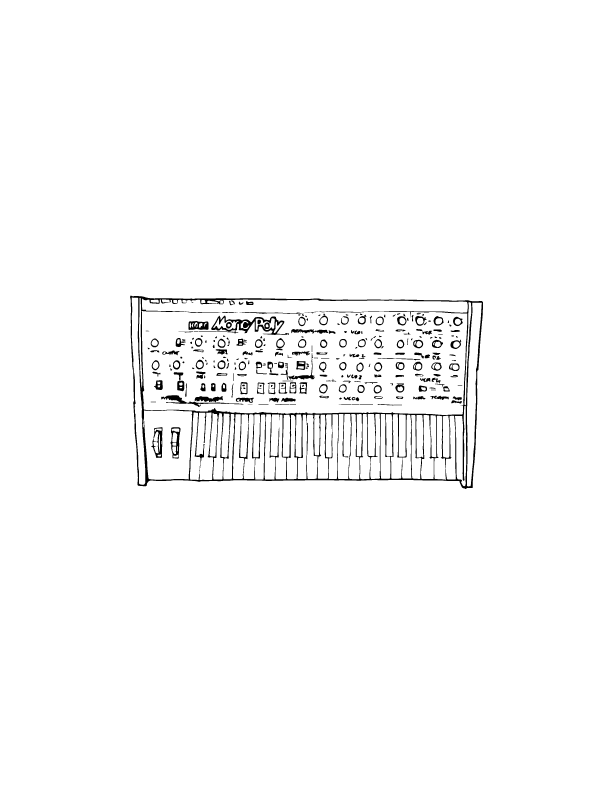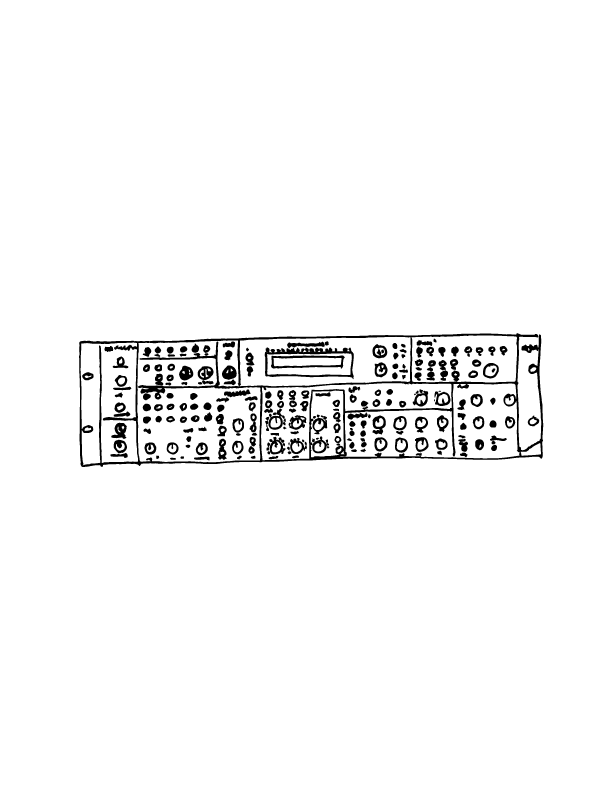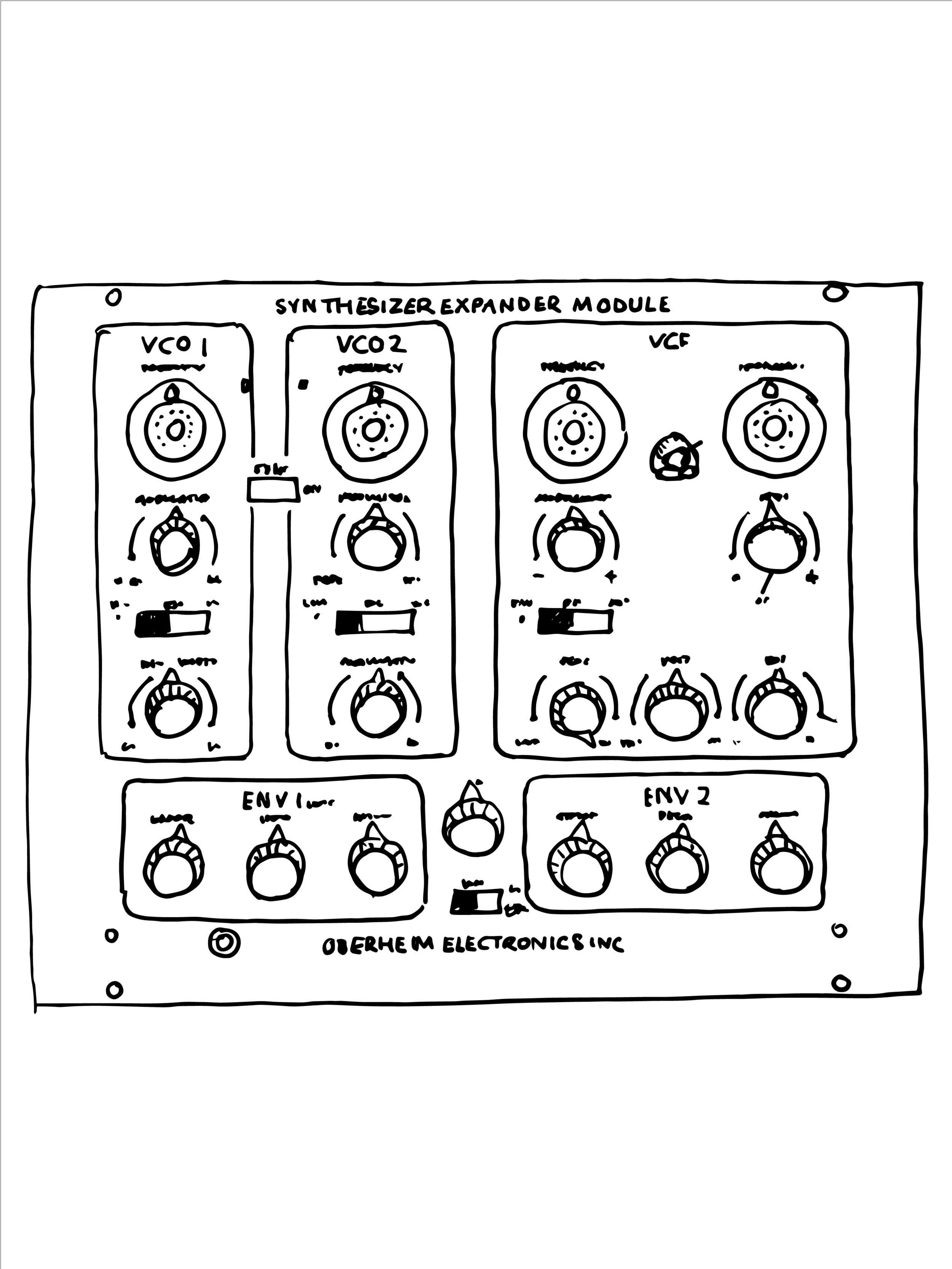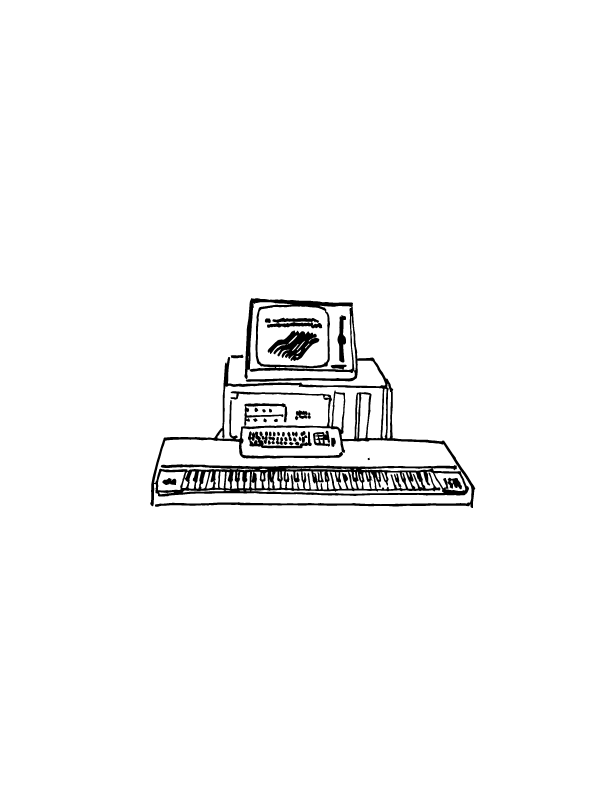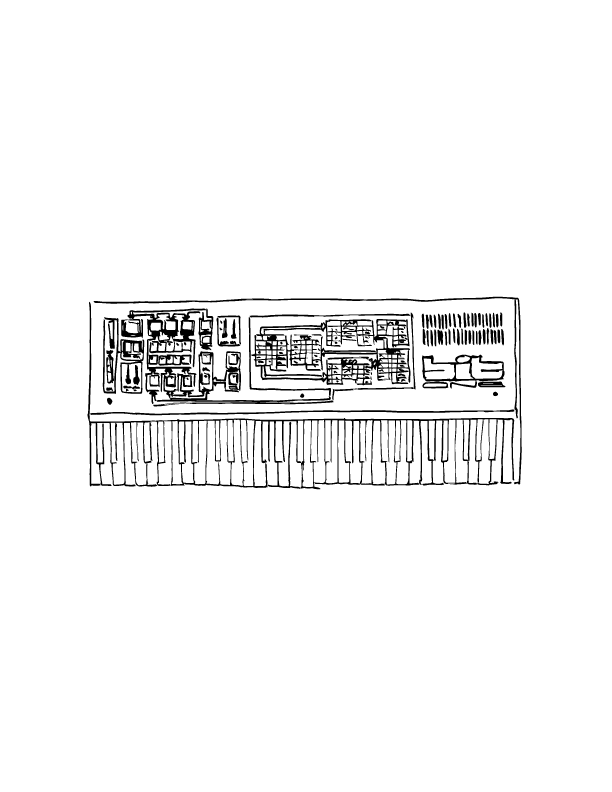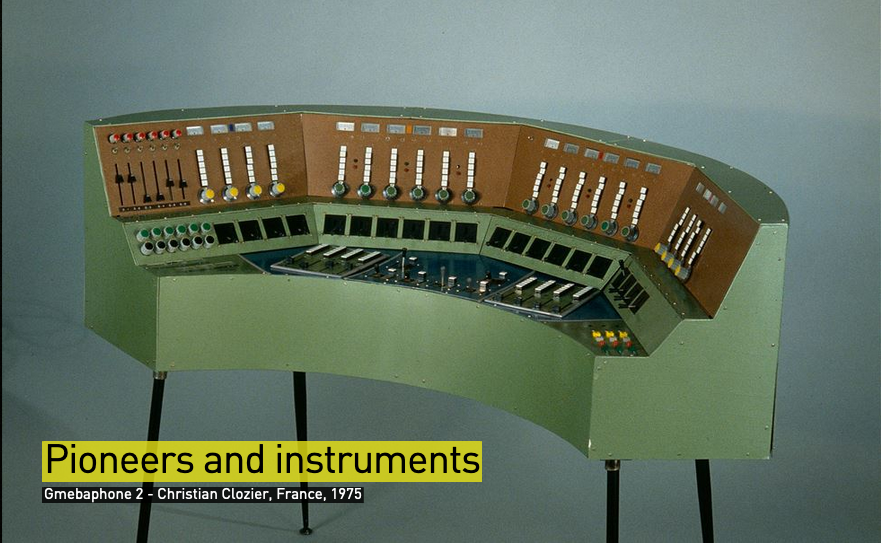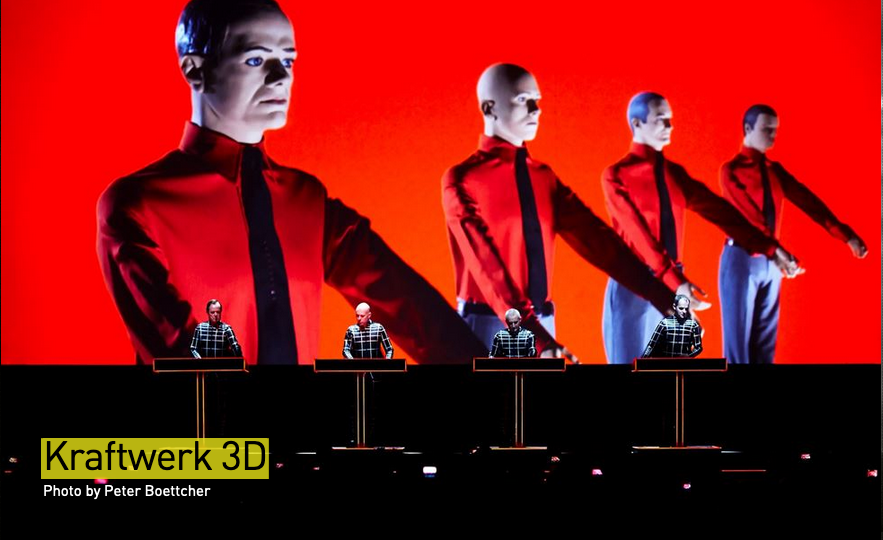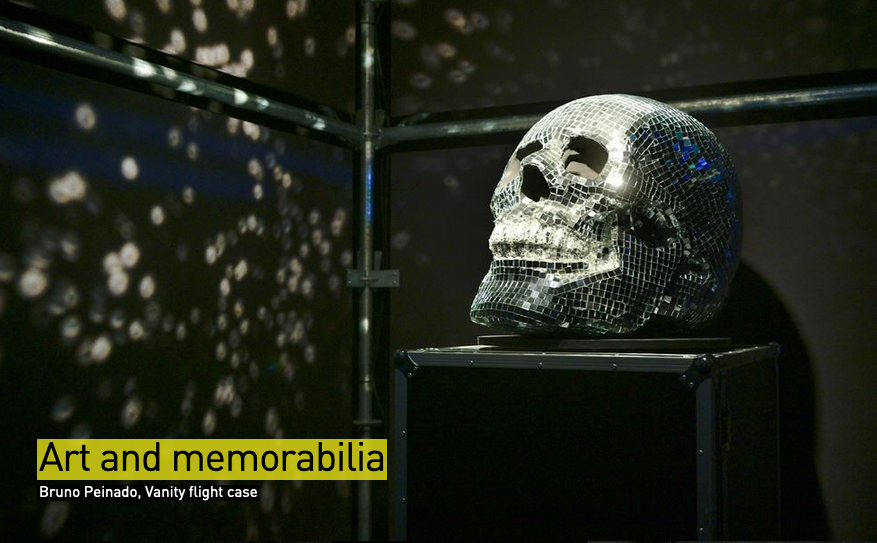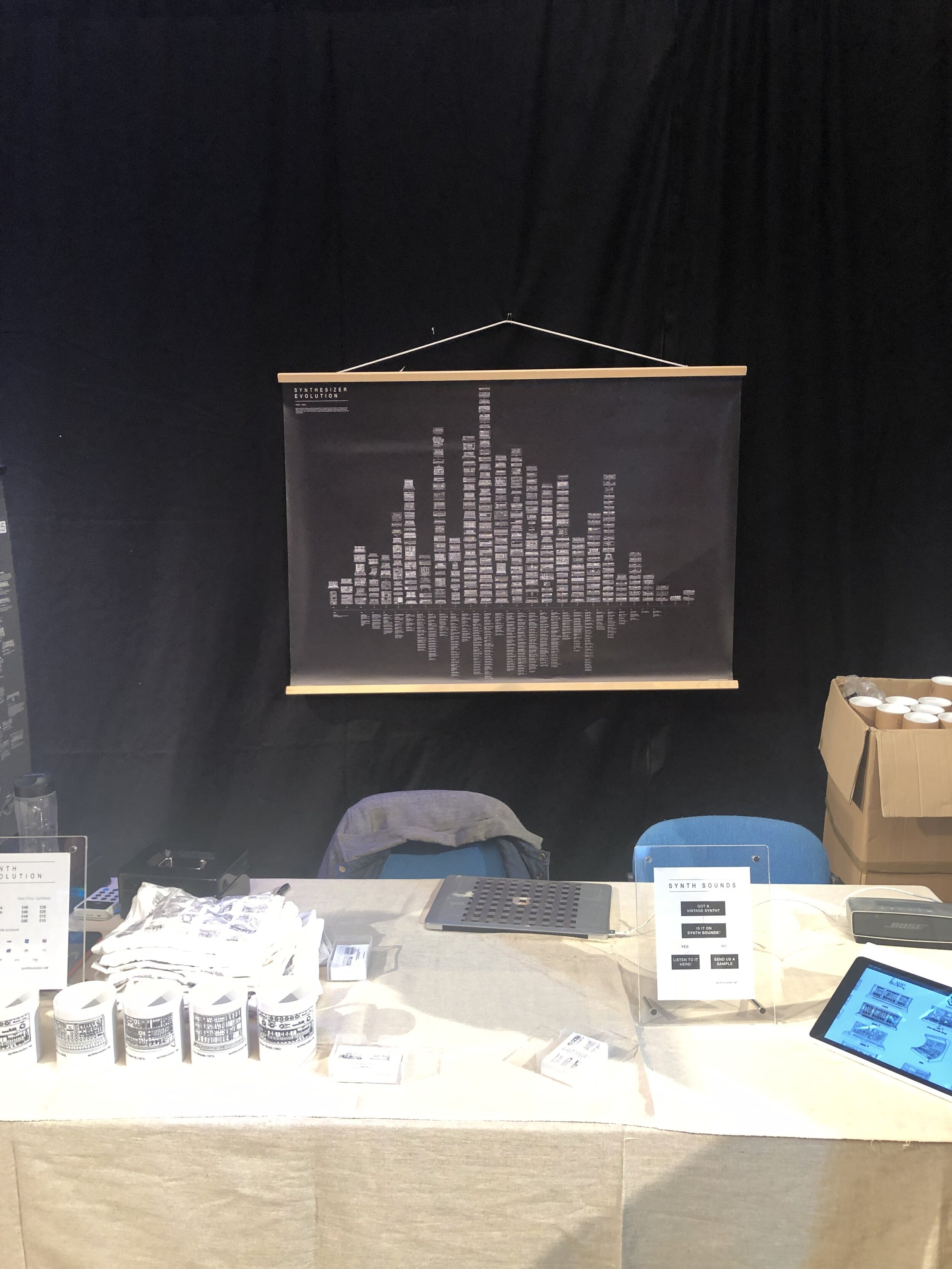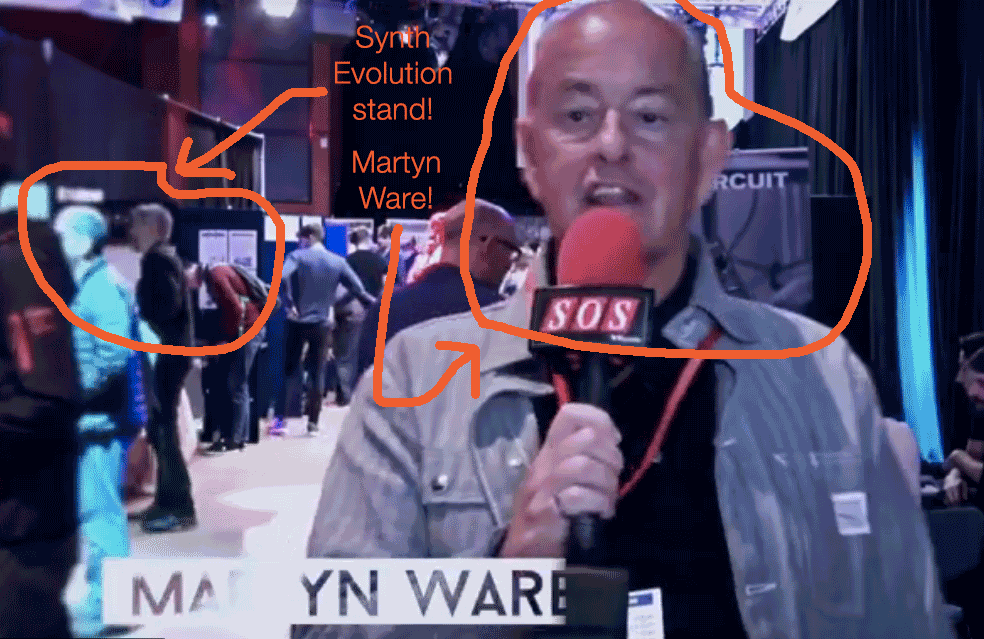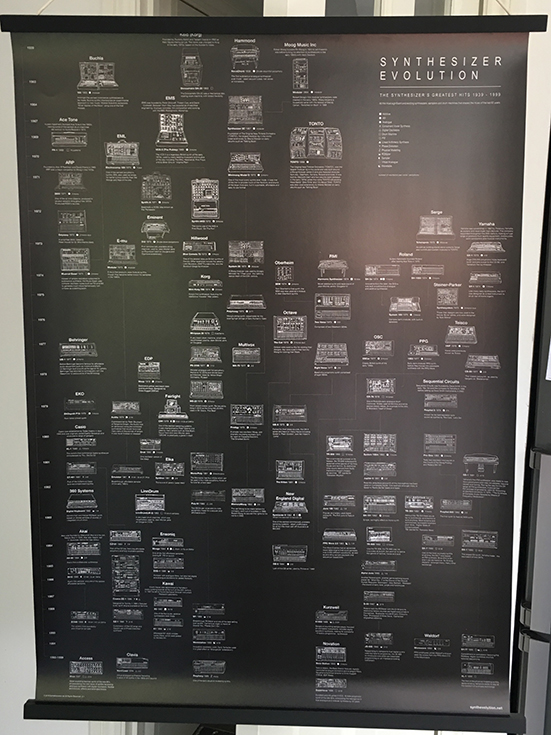DAY 3 of the SYNTH WORLD CUP
QUARTER FINALS!
Day 4 - semi-finals are here: https://www.synthevolution.net/blog/2021/3/9/synth-world-cup-semi-finals
The last two days have seen the thirty-two starting synths whittled down to just eight over rounds one and two. They will now face each other in the four quarter-finals. Which will reach the semi-finals?!
Vote now: https://twitter.com/weare1of100
Quarter Final 1: Moog Minimoog Model D vs Roland Jupiter 8
Quarter Final 2: ARP Odyssey vs ARP 2600
Quarter Final 3: Sequential Circuits Prophet 5 vs Moog Modular
Quarter Final 4: Roland SH-101 vs Roland TB-303
Previous rounds and all synth info here:
https://www.synthevolution.net/blog/2021/3/3/vintage-synth-world-cup
THESE EIGHT SYNTHS TO NOW FEATURE ON A BRAND
NEW SPECIAL EDITION 1OF100 T-SHIRT!
QUARTER FINAL 1
Moog Minimoog Model D (1970)
Analogue / Mono / 3 VCOs
One of the most iconic synths ever made; offering the essence of Moog’s modular synths in a 'mini' hardwired form. Gary Numan cites hearing one at the Spaceward studio in the mid-1970s as being the moment that changed The Tubeway Army into a synthesizer focussed band. Another great example - Parliament, ‘Flashlight' (1978).
Roland Jupiter 8 (1981)
Analogue / 8 note polyphony / 2 VCOs per voice
One of the classic polysynths of the analogue era and still much sought after today for its rich analogue tones and playability. Queen, 'Radio Ga Ga' (bassline, pads)
QUARTER FINAL 2
ARP 2600 (1971)
Analogue / Monophonic / 3 oscillators
Contributing to ARP's dominence of the 1970s synth market, the Model 2600 was a powerful synthesizer that came with a built-in reverb and sequencer. Was the 'voice' of R2D2 as performed by sound designer Ben Burtt.
ARP Odyssey (1972)
Analogue / Duophonic / 2 Oscillators
A relative simple, but powerful monosynth that could be used in duophonic mode. Used by many musicians over the years including Peter Powell for the iconic Dr Who theme tune in 1980.
QUARTER FINAL 3
Sequential Circuits Prophet 5 (1978)
Analogue / 5 note polyphony / 2 VCOs per voice
The first polyphonic synth with full patch memory, an incredible sound, and relatively affordable for the time. It's great hard-sync sound can be heard on the The Cars, 'Let's Go' (1979).
Moog Modular (900 series) (1964 - 1970)
Analogue / Modular / 3-7 Oscillators
Between 1964 and 1970 Moog Instruments made a series of modular synthesizers using the 900 series of oscillators, filters, LFOs and more. These had a profound effect on the development of electronic music and the use of synthesizers in popular music, starting with Wendy Carlos' 'Switched on Bach' (1968).
QUARTER FINAL 4
Roland SH-101 (1982)
Analogue / Mono / 2 VCOs + sub
A relatively simple, but great sounding and influential monosynth of the 1980s. Put to great use on the track 'Voodoo Ray' by A Guy Called Gerald (1988).
Roland TB-303 (1982)
Analogue / Mono / 1 VCO
The machine that kick-started the acid house revolution in 1986 with Phuture's, 'Acid Tracks’, debuted by DJ Ron Hardy at The Music Box, Chicago. Not many one-oscillator monosynths with only two waveforms have single handedly formed the back-bone of dance music for over thirty years…
